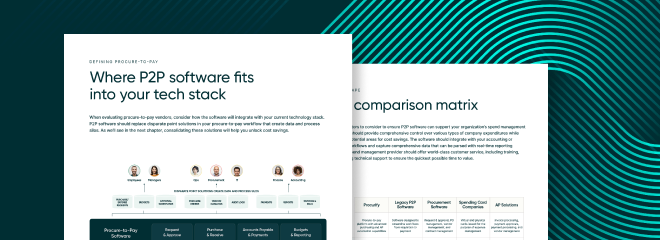8 Tips for Marketing Departments to Effectively Manage their Spend
The marketing department is a place where, more often than not, major results are expected from modest means. Not every company has the budget that the marketing team at Coca Cola enjoy, for example, but almost every marketing professional is expected to produce results that compare. Whether you are interested in being able to produce results that are in line with your employer’s expectations or in marketing yourself as an entrepreneur, you can make use of the following eight tips to keep your marketing strategy comfortably within budget.
Tip One: Re-use Your Ads
Whether you are promoting a brand-new startup or advertising an established small business, there is a good chance that you have ads that you feel have already run their course. It is true that advertising material gets old quickly, but if the intended audience changes, then the material can be treated as if it is new. Compare the return on investments rates of your most successful ads, adjust them to new markets and let the work you’ve already done continue to win you new conversions.
Tip Two: Explore New Avenues For Paid Search Strategies
While every modern marketing department knows the value of a well-placed, high-conversion ad on a site like Google, you can lower your cost-per-click and cost per advertisement rates by working with other sites. Giants like Google and Facebook are not the only sites worth advertising on—depending on your specific product or service, you may get excellent results from sites like Reddit, Outbrain, or Taboola, all of whom offer paid search services at a fraction of the price.
Tip Three: Keep Your Data Well-Organized and Compare Constantly
Modern marketing relies so much on consumer data that it is nearly impossible to imagine crafting a successful campaign without having ample access to the information your consumers provide you with. One clever way to make use of that data is to organize it into a spreadsheet and develop some standard metrics that you can use to determine which ones are the most efficient. You should always be aware of which strategies are producing the best results per conversion, per market.
Tip Four: Sidestep The Competition With Unique Branding
As mentioned above, not every marketing department has a multi-million dollar budget. If you get creative with the tools at hand, however, you can produce results without having to face up to direct competition with the big-budget leaders who can outspend you. If you are facing major competition, get creative from the ground up—a unique domain name that gives your brand a presence and sets it apart from the competition can be well worth its cost.
Tip Five: Keep Hidden Costs in Check
You may have the finest, most detailed spreadsheet in the history of marketing prepared, but you’re heading for a scare at the end of the quarter if you don’t put all the information you need on it. Keep in mind that your marketing strategy incurs more costs than product launches and promotional events; don’t overlook software subscriptions or PPC costs, they add up!
Tip Six: Get Efficient
Work smarter, not harder, as the old adage goes. Modern marketing on a budget only provides results when the means of promoting and advertising your product are fully streamlined. Eliminate waste by investing in quality spend management software such as Procurify so that you can invest more of your marketing budget on producing tangible results.
Additionally, modern marketing budgets often spend more than they need on basic digital needs. Even simple document forms can become a burden if marketers don’t source them inexpensively, or for free through online services like Shopify’s purchase order template. Always try to find the most efficient way to advance your marketing campaigns.
Tip Seven: Make Your Own Infographics When Niches Overlap
A common marketing problem is figuring out how to promote a single product or service to a number of small and widely diverse markets. You may be offering great value to each one of these niche markets, but unable to afford crafting individual campaigns for each one. In this case, infographics are the perfect response: these images are easy to share, extremely cheap to create if you use a free template, and can address multiple parties or markets at the same time by presenting multiple-step solutions to complex problems in a single image.
Tip Eight: Breathe New Life Into Publicly Available Data
Hiring a team of content writers to keep your audience engaged can be expensive; hiring a first-class designer to build your infographics can be a major hit to any marketing budget. Instead of doing things the expensive way, dig up data that is already published and present it to your audience in a new way. Whether lifting statistics from The U.S. Census Bureau’s many useful data tools or the World Health Organization’s research database, you can be sure that there is plenty of data available and ready to do the heavy lifting for you.
